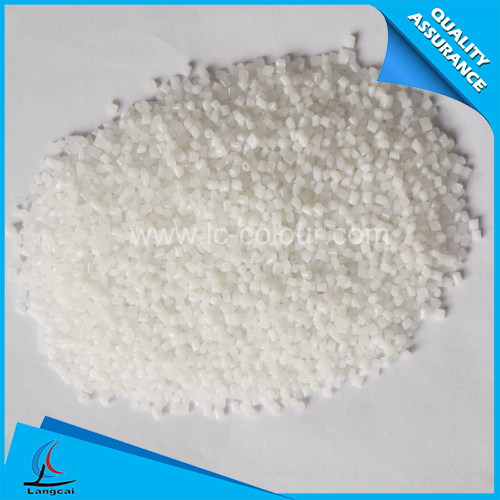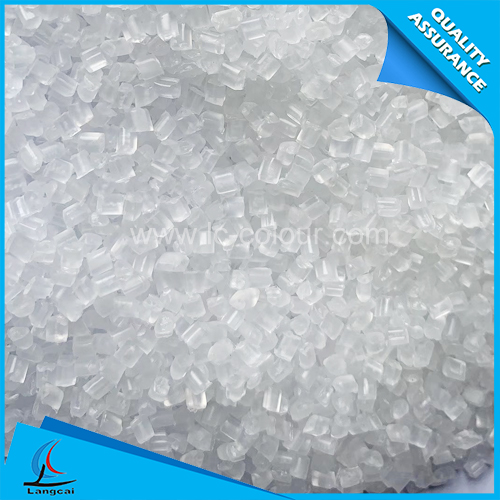- Nonwoven Fabrics
- Tailor Made Masterbatch
- Plastic Masterbatch
- Chemical Fiber Masterbatch
- Functional Masterbatch
- Machinery
- Spunbond PP Nonwoven Masterbatch
- Mono Color Masterbatch
- Liquid Color Masterbatch
- Non-woven Masterbatch
- Polyester Fiber Masterbatch
- Nylon Fiber Masterbatch
- Polypropylene Fiber Masterbatch
- Lab Nonwoven Machine
- Lab BCF Machine
- Dryer
- Filler Masterbatch
- The opening ceremony of the 9th China Textile Intangible Cultural Heritage Conference was held in Chengdu
- What are the prominent advantages of Plastic Masterbatches?
- What pressure does the United States' promotion of US-India trade cooperation bring to China
- Explore the performance optimization and efficient coloring of Mono Color Masterbatches!
- How does Mono Color Masterbatch enhance the value of plastic products?
- The economic operation of China's industrial textile industry has remained generally stable
- Phone:00836 - +86-535-8484358
- Email:wendy@ytlc-colour.com
- Address:DALAN INDUSTRIAL PARK, ZHANGXING TOWN, ZHAOYUAN CITY, SHANDONG, CHINA
In August, the decline in China's textile and garment export value expanded, from 0.1% in July to 5%. From January to August, the export value dropped by 0.2%, and the cumulative export value turned from positive to negative. The decline in the export of knitted and woven garments was the main drag factor for the drop in textile and garment exports in August. In terms of the market, exports to the United States and the European Union declined, while exports to ASEAN, Japan and the markets jointly built along the Belt and Road Initiative rose.
In August, the decline in exports to the US market expanded to 25%, an increase of 10 percentage points compared with the previous month. The proportion of the US in China's export market has dropped to 15.2%. Since the US launched the tariff war, China and the US have held many rounds of negotiations. The latest round of negotiations was held in Spain in September. Recently, the two sides have been engaged in increasingly intense negotiations over issues such as the control of rare earth exports, agricultural product exports, and flights flying over Russia. On October 14th, the United States will enter the implementation stage of imposing port charges on vessels owned or operated by Chinese entities. Our side has taken countermeasures and will also impose port charges on US vessels at the same time. Under the current situation where the struggles between the two sides in various fields are becoming increasingly fierce, it is not ruled out that the Trump administration will continue to brandishing the "tariff stick" in the later stage and impose more tariffs on our products. After several months of calm, China's textile and garment exports to the United States may need to face greater uncertainties again. It is suggested that enterprises take preventive measures in advance.
On the other hand, as the Federal Reserve cuts interest rates, the US dollar index weakens, and the market demand for the RMB increases, the exchange rate of the RMB against the US dollar continues to strengthen. In the second quarter of this year, the proportion of cross-border transactions settled in RMB by Chinese enterprises exceeded that settled in US dollars for the first time. Overseas investors have purchased RMB bonds and increased their holdings of core A-share assets, driving up the offshore RMB exchange rate. The appreciation of the RMB has brought greater pressure on enterprises to obtain orders and further squeezed their profits. It is suggested that enterprises make good judgments, make good use of relevant financial tools, and reduce the negative impact brought by exchange rate fluctuations.
Declaration: The content of this article is compiled from the Internet and the copyright belongs to the original author. If there is any infringement, please inform us in time and contact us for deletion.
- What are the prominent advantages of Plastic Masterbatches?
- The opening ceremony of the 9th China Textile Intangible Cultural Heritage Conference was
- Explore the performance optimization and efficient coloring of Mono Color Masterbatches!
- What pressure does the United States' promotion of US-India trade cooperation bring to Chi
- How does Mono Color Masterbatch enhance the value of plastic products?
- The economic operation of China's industrial textile industry has remained generally stabl
- Unveiling the core components of Mono Color Masterbatches!
- The 2025 International Textile Innovation Conference will be held in Keqiao, Shaoxing on N
- Why choose Mono Color Masterbatches? The four core advantages are irreplaceable
- The adjustment of the global industrial chain has forced the upgrading of the risk prevent


